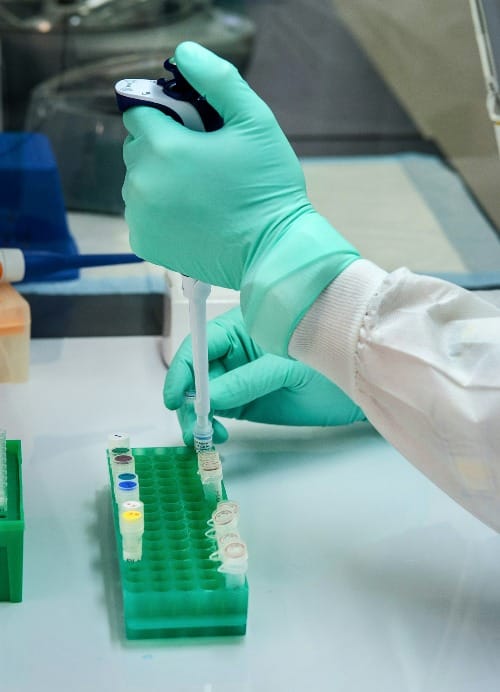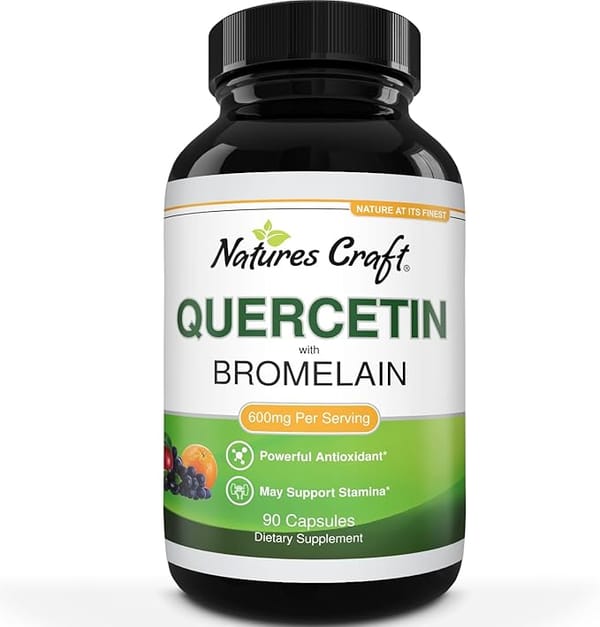Achieving optimal fitness isn't just about lifting weights or running miles. It's about understanding your body's unique hormonal blueprint and tailoring your workout routine accordingly. This article explores how aligning your fitness regimen with your endocrine profile can lead to better results and overall well-being.
Key Takeaways:
- Hormones play a crucial role in fitness and body composition.
- Different hormones influence various aspects of exercise and recovery.
- Tailoring workouts to your hormonal cycle can optimize results.
- Nutrition and sleep are essential for hormonal balance.
- Regular health check-ups can help monitor hormonal health.
Understanding Hormones and Fitness
Hormones are the body's chemical messengers, orchestrating various functions from metabolism to mood. When it comes to fitness, these tiny molecules have a big impact on how our bodies respond to exercise, build muscle, and burn fat[1].
The Hormonal Players in Fitness
Several key hormones influence our fitness journey:
- Testosterone: Often associated with men, testosterone is crucial for both sexes in muscle building and fat loss.
- Estrogen: This hormone affects fat distribution and bone density in women.
- Cortisol: Known as the stress hormone, cortisol can impact muscle growth and fat storage.
- Growth Hormone: Essential for muscle repair and growth.
- Insulin: Regulates blood sugar and affects fat storage.
Tailoring Your Workout to Your Hormones
Understanding your hormonal profile can help you design a more effective fitness routine[2].
For Women: Syncing with Your Cycle
Women can benefit from aligning their workouts with their menstrual cycle:
- Follicular Phase: As estrogen rises, focus on high-intensity workouts and strength training.
- Ovulation: Energy levels peak, making it ideal for challenging workouts.
- Luteal Phase: As progesterone increases, opt for lower-intensity exercises and yoga.
- Menstruation: Listen to your body and engage in gentle activities if needed.
For Men: Maximizing Testosterone
Men can optimize their workouts by:
- Performing compound exercises like squats and deadlifts to boost testosterone.
- Incorporating high-intensity interval training (HIIT) for hormone optimization.
- Balancing workout intensity to avoid cortisol spikes.
Nutrition for Hormonal Balance
What you eat plays a significant role in hormonal health:
- Protein: Essential for muscle growth and repair.
- Healthy Fats: Crucial for hormone production.
- Complex Carbohydrates: Help regulate insulin levels.
- Micronutrients: Vitamins and minerals support overall hormonal function.
Sleep: The Unsung Hero of Hormonal Health
Quality sleep is vital for hormonal balance:
- Aim for 7-9 hours of sleep per night.
- Maintain a consistent sleep schedule.
- Create a relaxing bedtime routine.
Stress Management and Hormones
Chronic stress can wreak havoc on your hormones:
- Practice stress-reduction techniques like meditation or deep breathing.
- Incorporate recovery days into your fitness routine.
- Consider adaptogens like ashwagandha to support adrenal health.
The Importance of Regular Check-ups
Regular health check-ups can help monitor your hormonal health:
- Discuss any concerns with your healthcare provider.
- Consider hormone testing if you experience persistent symptoms.
- Work with a healthcare professional to interpret results and adjust your fitness plan accordingly.
Putting It All Together: Your Hormone-Friendly Fitness Plan
Creating a hormone-friendly fitness plan involves:
- Assess Your Current State: Understand your baseline hormonal health through check-ups and self-awareness.
- Set Realistic Goals: Align your fitness goals with your hormonal profile and overall health.
- Design Your Routine: Create a flexible workout plan that adapts to your hormonal fluctuations.
- Nutrition and Recovery: Prioritize nutrient-dense foods and adequate rest.
- Monitor and Adjust: Pay attention to how your body responds and make adjustments as needed.
The Future of Hormone-Optimized Fitness
As our understanding of the endocrine system grows, so does the potential for personalized fitness routines. Emerging technologies like wearable hormone monitors and AI-driven workout plans may soon offer even more precise ways to tailor our fitness routines to our hormonal profiles[1].
Conclusion
Achieving hormonal harmony in your fitness routine isn't about perfection – it's about understanding and working with your body's natural rhythms. By aligning your workouts, nutrition, and lifestyle with your endocrine profile, you can unlock new levels of fitness and well-being. Remember, everyone's hormonal landscape is unique, so what works for one person may not work for another. Listen to your body, stay consistent, and don't hesitate to seek professional guidance when needed. Your journey to hormone-optimized fitness is a marathon, not a sprint – embrace the process and enjoy the benefits of a more balanced, energized you.
Citations:
[1] https://sannahealth.com/hormone-harmony
[2] https://www.attis.in/biohacking/essential-guide-to-womens-hormonal-health/














Member discussion